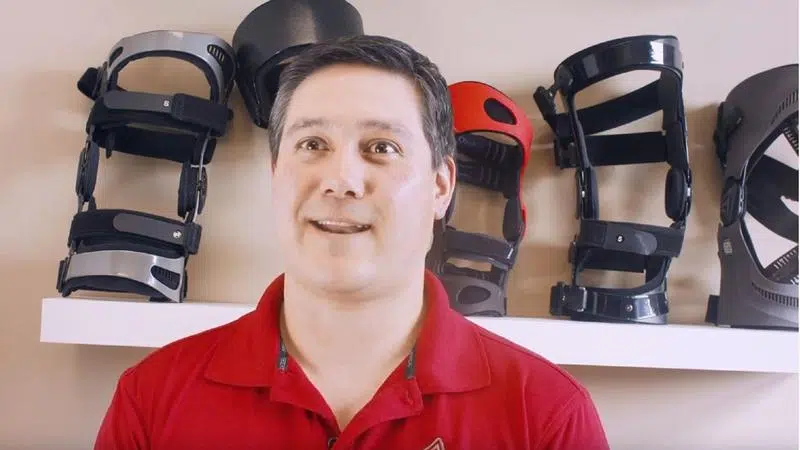
Finding new ways after a knee injury
LETHBRIDGE, AB. — When you’re young, you think you’re invincible and will always be healthy. You don’t think about getting old or the day you’ll have to give up your favorite sport, due to injury or fear of injury.
Unfortunately, injuries can happen at any point in your life and it’s what you do next that helps reshape your path to new adventures.
Koji Duncan is no stranger to knee injuries. Being very active in his youth, he participated in a wide variety of high school and extra-curricular sports. He especially loved volleyball and skiing.
Duncan was involved in freestyle skiing, competing across Canada for many years. He thought that if he were to injure his knee, it would have been when he was skiing, as skiing moguls and jumping is very hard on the body, particularly the knees. He made it through high school unscathed and decided to go to University.


